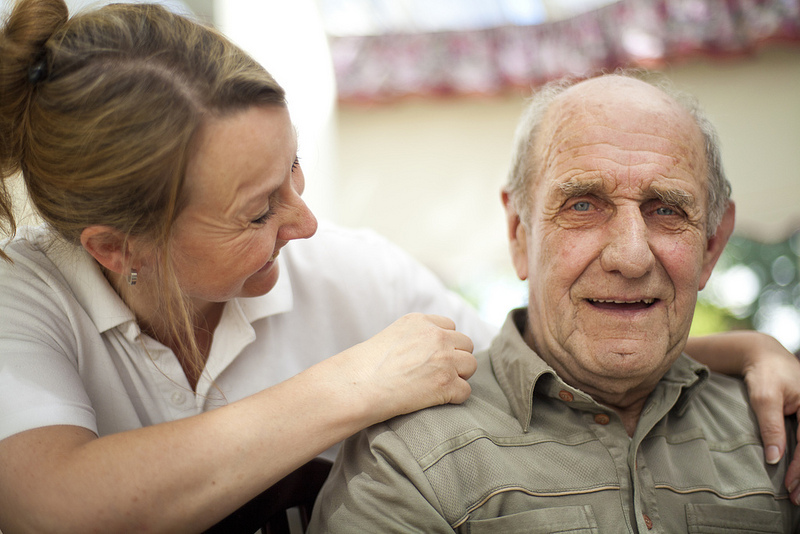
The entire nation has been fixated on the Trump-Russia probe and the Senate Republicans’ healthcare plan. Everyone wants to know what kind of healthcare coverage they can expect under whatever new healthcare plan will replace Obamacare. Many are also wondering what will happen to their existing healthcare plans if the new GOP plan is passed and even if it isn’t passed. With more and more insurance providers cancelling policies and pulling out of the Obamacare exchanges, they wonder how much longer their current policies will still be good and how much the rates will increase next year.
Parents of kids with asthma and/or allergies are living with the uncertainty of not knowing what kind of healthcare they’ll have the next time they have to take their kids to the doctor or hospital in the case of a bad asthma attack. Will they still have coverage in the near future? At the moment, no one can say for certain.
How many kids and families are we talking about?
According to PediatricAsthma.org, asthma affects more children than adults.
- “Asthma is the most common chronic condition among children under the age of 18, affecting 6.3 million.
- 24 percent of children between the ages of 5 and 17 have some limited activity due to asthma.
- Asthma is the leading cause of missed school days among children ages 5 to 17.
- Asthma in America survey indicated that misunderstandings about asthma symptoms and treatment were widespread among patients and that care often fell short of National Asthma Education and Prevention Program (NAEPP) guidelines.”
According to the American Academy of Allergy Asthma & Immunology:
- “Children with recurrent cough, wheezing, chest tightness or shortness of breath may have one or more forms of asthma.
- Left untreated, asthmatic children often have less stamina than other children, or avoid physical activities to prevent coughing or wheezing. Sometimes they will complain that their chest hurts or that they can not catch their breath. Colds may go straight to their chest. Or, they may cough when sick, particularly at night.
- Asthma has multiple causes, and it is not uncommon for two or more different causes to be present in one child. Asthma is more than wheezing. Coughing, recurrent bronchitis and shortness of breath, especially when exercising, are also ways that asthma appears.”
However, a new study may give prospective parents something to think about to help reduce the chances of their kids having asthma. Researchers at the University of Bristol, United Kingdom, began studying women who were pregnant in the 1990s and then followed up with their children. They found what direct link to the pregnant mothers’ intake of sugar to their kids developing allergies and allergic allergies
“The study’s findings showed that the 20% of mothers with the highest sugar intake had a 38% increased risk of their children developing allergies than the 20% of those with the lowest sugar intake. There was also a 101% increased risk of allergic asthma in the children of women who consumed large amounts of sugar.”
“The team of researchers said that the association between sugar and allergies and allergic asthma is allergic inflammation in the developing lungs due to a high intake of fructose by the mother.”
One of the lead researchers recommends that pregnant women try to decrease the amount of sugar they take in during their pregnancies, especially women in western countries like the United States, where sugar is a mainstay in many foods, snacks and beverages. Ladies – try to avoid those ice cream cravings, for the sake of your child








